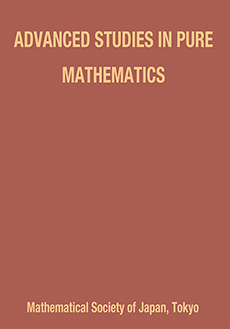Abstract
Algebraic shifting is a correspondence which associates to a simplicial complex $K$ another simplicial complex $\Delta (K)$ of a special type. In fact, there are two main variants based on symmetric algebra and exterior algebra, respectively. The construction is algebraic and is closely related to "Gröbner bases" and specifically to "generic initial ideals" in commutative algebra.
Algebraic shifting preserves various combinatorial and topological properties of $K$ while others disappear. For example, $\Delta (K)$ has the same Betti numbers as $K$ while the ring structure on cohomology is destroyed as $\Delta (K)$ is always a wedge of spheres. One of the important challenges is to deepen the relation between algebraic shifting and the basic notions and constructions of algebraic topology. Some important progress in this direction was achieved by Duval.
Algebraic shifting also preserves the property that $K$ is Cohen-Macaulay. At the forefront of our knowledge in this direction is a far-reaching extension of this fact achieved by Bayer, Charalambous and Popescu (symmetric shifting) and Aramova and Herzog (exterior shifting). In a different context extensions to Buchsbaum complexes have been made by Schenzel and by Novik (available only for symmetric shifting). These results apply to triangulations of manifolds and have interesting combinatorial consequences. Among the challenges which remain are: To understand algebraic shifting of simplicial spheres and simplicial manifolds, to find relations between shifting and embeddability and to identify intersection homology groups via algebraic shifting.
We will also describe the relation of algebraic shifting to framework rigidity, the connection with the original notion of "combinatorial shifting" which goes back to Erdös, Ko and Rado and some possible applications to extremal combinatorics.
Information
Digital Object Identifier: 10.2969/aspm/03310121


